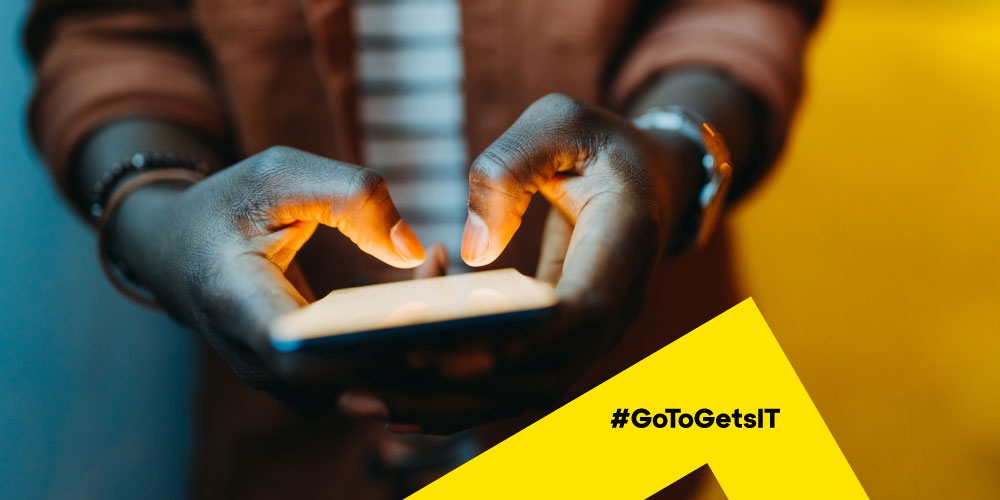#GoToGetsIT: This article is part of an ongoing series from GoTo’s thought leaders on the frontlines: Our Solutions Consultants deeply understand our customers’ unique challenges and connect the right solutions to meet their goals using GoTo technology. Here, they share their industry knowledge on what it takes to help businesses everywhere thrive in a remote or hybrid world.
Consumer expectations have evolved rapidly, and customers want to interact with brands across multiple touchpoints and via platforms of their choice. For example, they may research a product online, browse your website, call your business for more information, and visit your store to complete the purchase.
To meet your customers where they are and deliver outstanding services to drive sales, you must leverage various channels to support your marketing, sales, and customer service strategies.?
What exactly are "channels?"
In business and marketing, a channel is a way to reach or connect with customers. Examples include voice and video calls, text messages, web chats, messaging apps, emails, and social media platforms.?
There is no rule of thumb on how many channels a business should use — it depends on the nature of your product or services and customers' preferences and expectations.?
Omnichannel vs. Multichannel: What are the differences?
When you start looking into communication tools that allow you to serve customers across channels, you'd likely come across two similar terms: Omnichannel and multichannel. Here's what you need to know about these two options:
Omnichannel communications
Omnichannel means all channels that customers may use to contact a business. These touchpoints are connected, which allows companies to deliver a personalized and integrated experience across all platforms and devices, even when a user switches channels halfway through an interaction.?
An omnichannel platform can help businesses consolidate customer interactions via all touchpoints to achieve a broad range of business objectives — but the cost per seat is also higher than a multichannel one.
Multichannel communications
A multichannel approach does most of what an omnichannel one does. But a business can decide to only focus on establishing its presence on channels most effective for reaching its customers. For example, a B2B company may focus its resources on LinkedIn without managing a Facebook page.
Companies that take a multichannel approach typically formulate strategies and implement tactics specific to each channel, with the goal of making it the most engaging and easy to use for its customers.
The more selective nature of a multichannel strategy doesn't necessarily put you in a disadvantaged position. In fact, it often allows smaller businesses with limited resources to focus their customer service efforts strategically to achieve better results by doing fewer things but doing them well.
Support multichannel communications with a shared inbox
While an omnichannel approach is often a better option for large brands and enterprises, it may not suit the needs of SMBs with a smaller budget and narrower focus. In fact, a multichannel strategy can help you reap most of the benefits when done right.
The key to overcoming the potentially disjointed customer experience of a multichannel approach is quite simple: A shared inbox. Here's how it works:
GoTo Connect's?customer engagement platform?offers a multichannel campaign tool with a shared inbox feature. It allows businesses to handle inbound and outbound messages via phone, SMS, emails, web chats, social media platforms, etc. all in one place to interact with prospects and customers.
Since the cost is significantly lower than any omnichannel platforms on the market, it's a perfect solution for SMBs that need to scale their customer communications but don't have the budget to deploy a contact center.?
The shared inbox feature allows multiple users to view and respond to messages from all selected channels. Meanwhile, supervisors can access metrics, monitor interactions, and provide feedback.?
Whether you want to reach prospects at scale via social media promotions or handle scheduling for individual consultations, our multichannel customer engagement platform can help you elevate your customer interactions.
Learn more about GoTo Connect and see how we can help you stay on top of consumer expectations without the hefty price tag.
